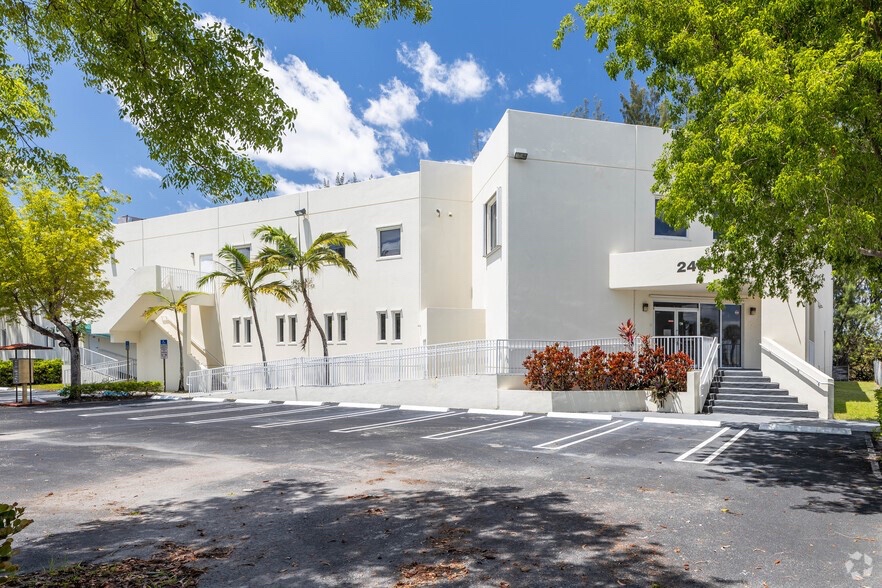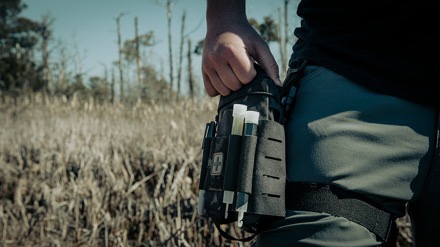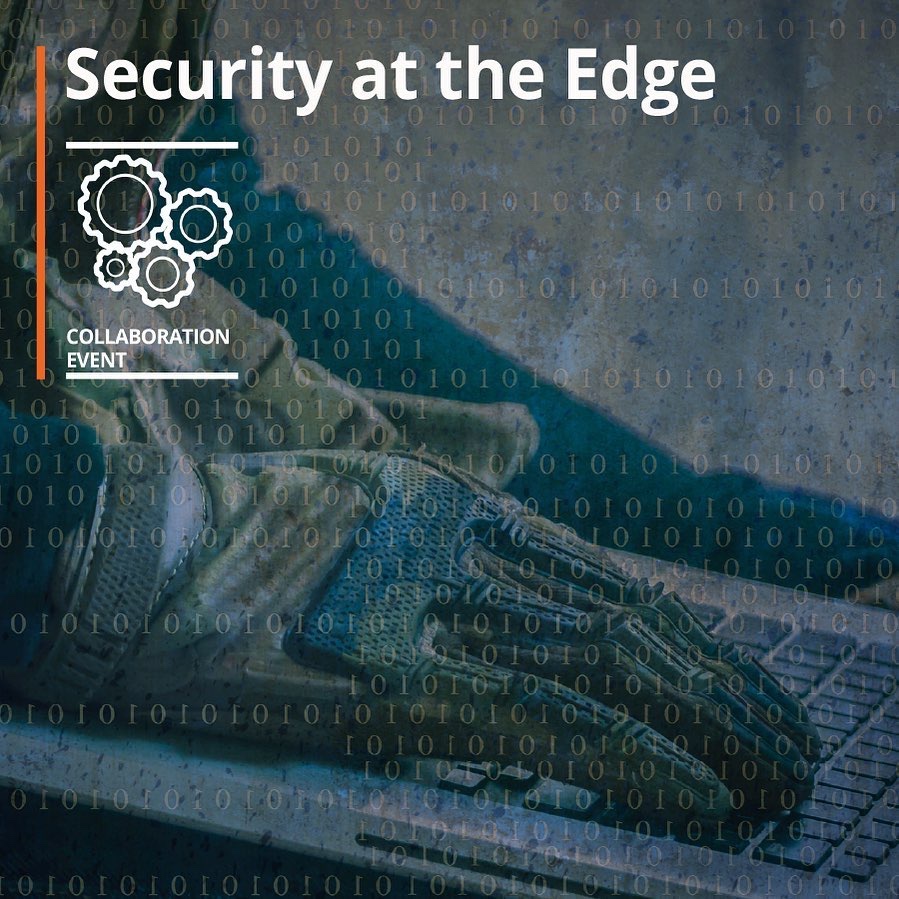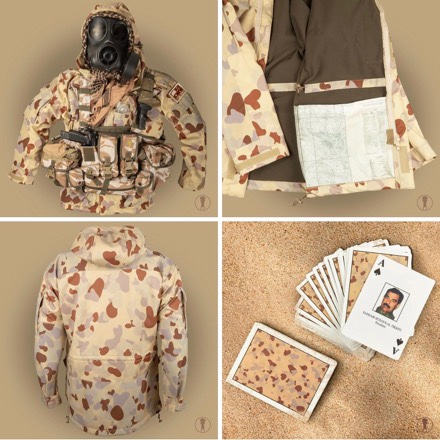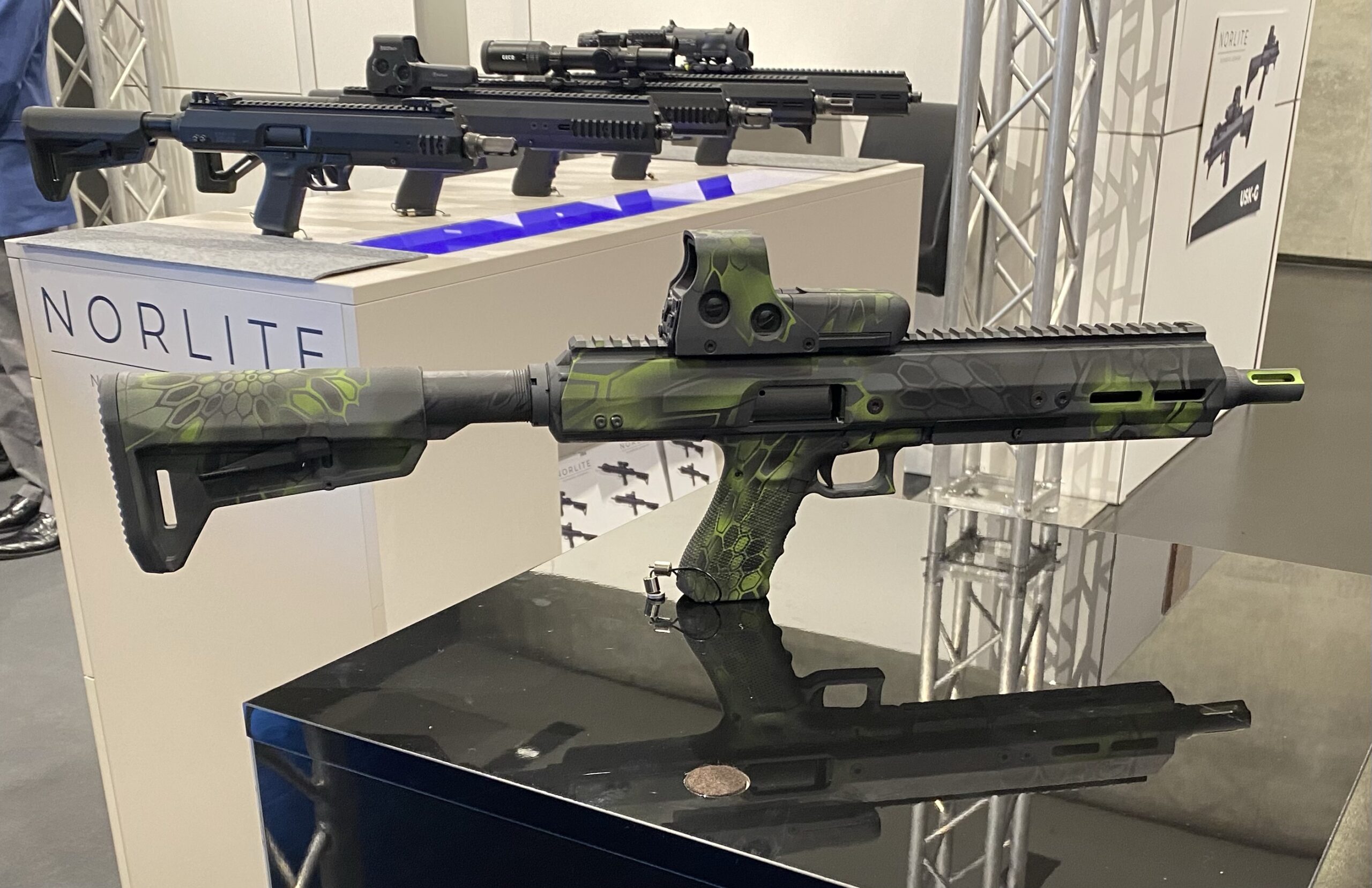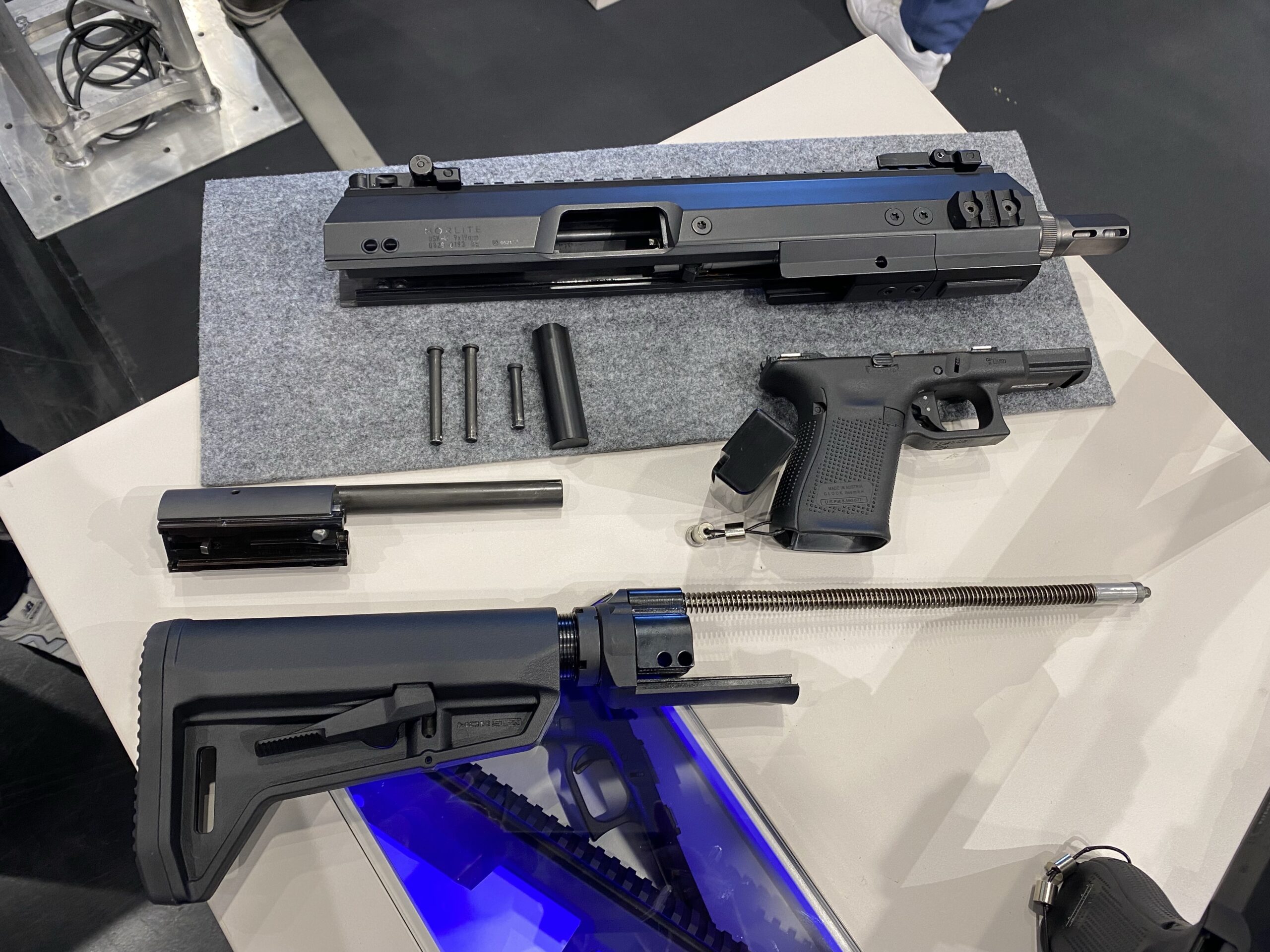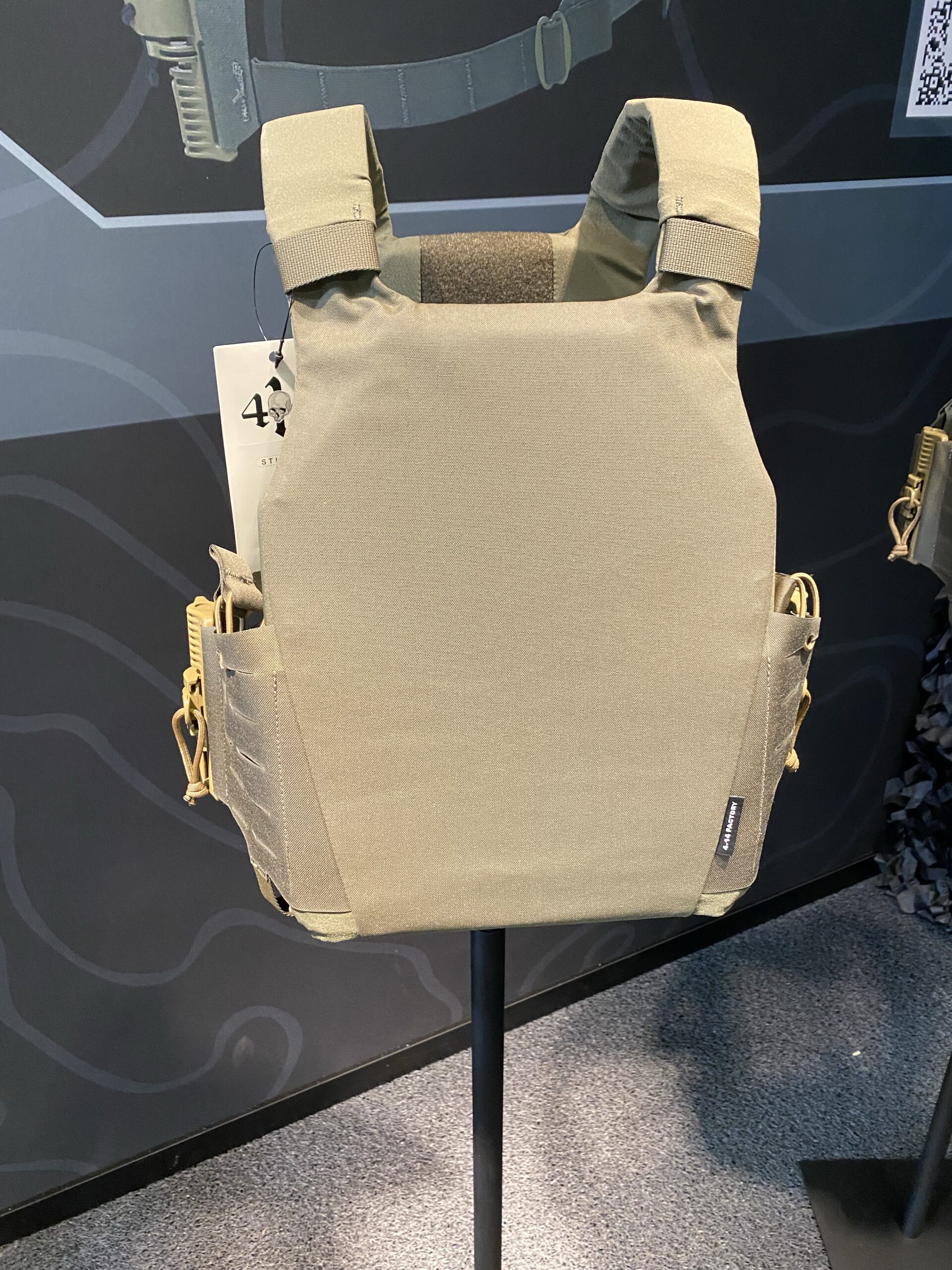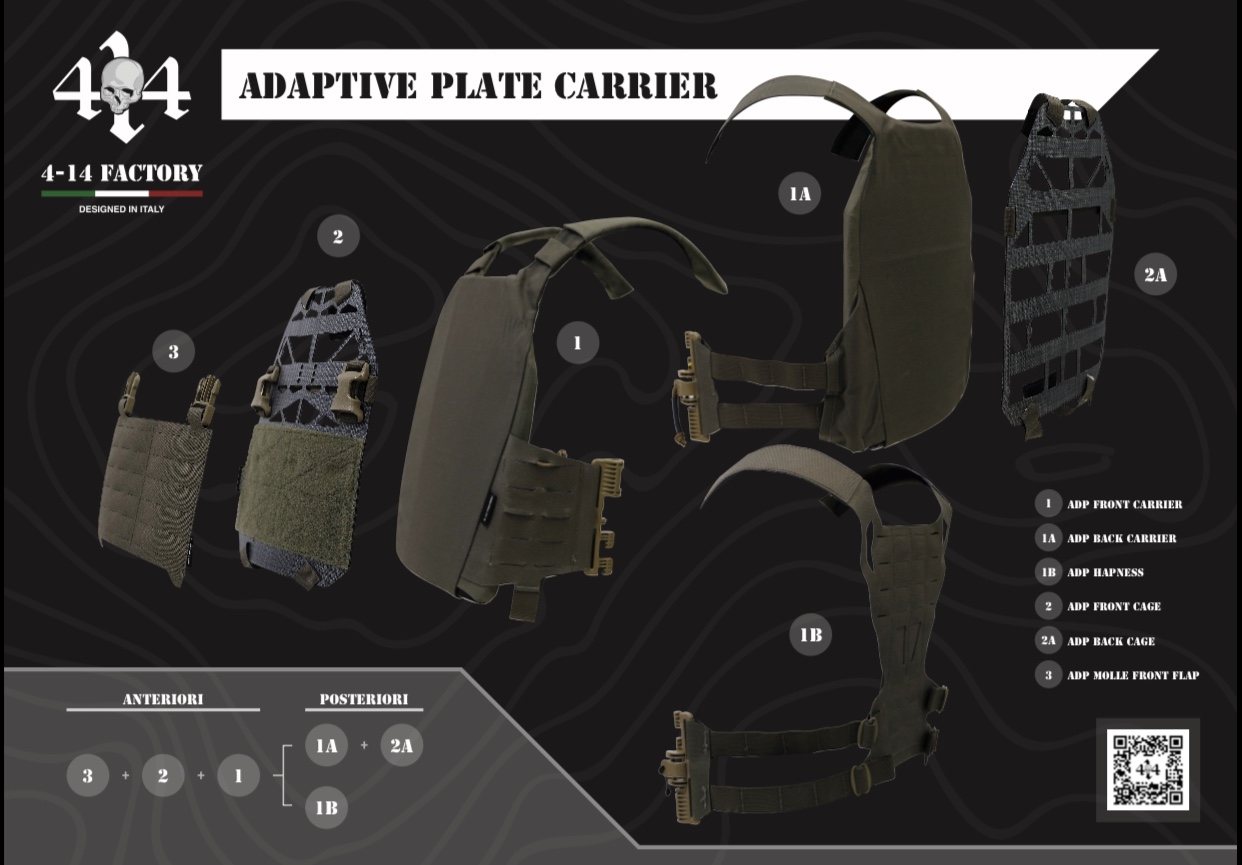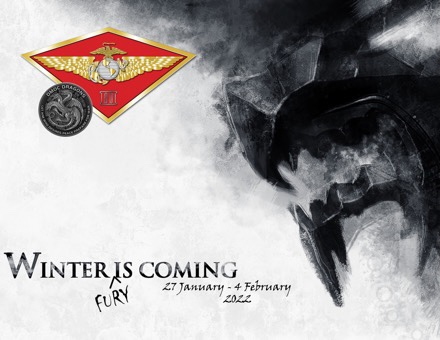DUGWAY, Utah — Army Green Berets from the 1st Special Forces Group conducted two weeks of hands-on experimentation with Project Origin Unmanned Systems at Dugway Proving Ground. Engineers from the U.S. Army DEVCOM Ground Vehicle Systems Center were on site to collect data on how these elite Soldiers utilized the systems and what technology and behaviors are desired.

Project Origin vehicles are the evolution of multiple Soldier Operational Experiments. This GVSC-led rapid prototyping effort allows the Army to conduct technology and autonomous behavior integration for follow-on assessments with Soldiers in order to better understand what Soldiers need from unmanned systems.
For the two-week experiment, Soldiers with the 1st Special Forces Group attended familiarization and new equipment training in order to develop Standard Operating Procedures for Robotic Combat Vehicles. The unit utilized these SOPs to conduct numerous mission-oriented exercises including multiple live-fire missions during the day and night.

The live-fire operations employed the M240 and M2 machine guns and the MK19 automatic grenade launcher.
“These live fire operations were critical to determining the military utility of the Robotic Combat Vehicle unmanned technology,” said Todd Willert, GVSC’s project manager for Project Origin. “The unit was successful with integrating the systems into their formation for both offensive and defensive operations.”

The Green Berets incorporated numerous Origin modular mission payloads to assist with long-range reconnaissance, concealment, electronic warfare and autonomous resupply operations.
A senior medical sergeant with the 1st Special Forces Group said the modularity of payloads provides flexibility for use in a variety of mission sets: “The upscaling of capabilities for a direct heavy-weapon system gives us the advantage we’ve never had before in typical dismounted roles.”

Willert stated the inclusion of Special Operations Forces into technology assessments provides more depth in understanding what is needed to mature unmanned systems for the Army’s Operating Force.
In addition, this experiment supports the continual development of the Army’s Robotic Technology Kernel — the Modular Open System Architecture-based library of software that can be used for ground autonomy — along with the Warfighter Machine Interface, the Army’s library of modular software used by Soldiers to control robotic vehicles. This open systems architecture approach will enable common unmanned maneuver capabilities across the ground vehicle fleet.

“We are in the process of tailoring software packages to meet the needs of end users,” Willert said. “Autonomy — at various levels — offers great opportunities for different mission sets that improve Soldier safety and reduce cognitive burden. The professional and thoughtful comments from these Soldiers will greatly assist us with developing behaviors for future unmanned systems.”
1st Special Forces Group Detachment Commander added, “The robots are best employed to maximize the standoff between Soldiers and enemy threats.” He went on to say, “The Project Origin system, for any type of dismounted operations we conduct, would provide us increased capabilities to recognize and identify individuals on target from a much greater standoff while decreasing the risk to the force as our Soldiers accomplish their mission.”

Maj. Cory Wallace, the RCV Requirements Lead with the Next Generation Combat Vehicle Cross Functional Team, said: “Working with an Operational Detachment Alpha enabled us to understand new use cases and consider new approaches to integrating robotic and autonomous systems into future experiments.”
“The feedback from the operators gave us a completely new perspective as to how we need to shape our future development efforts in order to provide the most effective unmanned systems possible to Army formations, Wallace said.

A senior weapons sergeant summed up the event by saying, “The Project Origin system allows us an ability to operate the system outside of enemy fire. This allows an ability to focus on advanced tasks such as terrain analysis, developing enemy courses of action, and thinking ahead of the now, rather than seeking cover and returning fire.”
By Jerome Aliotta


